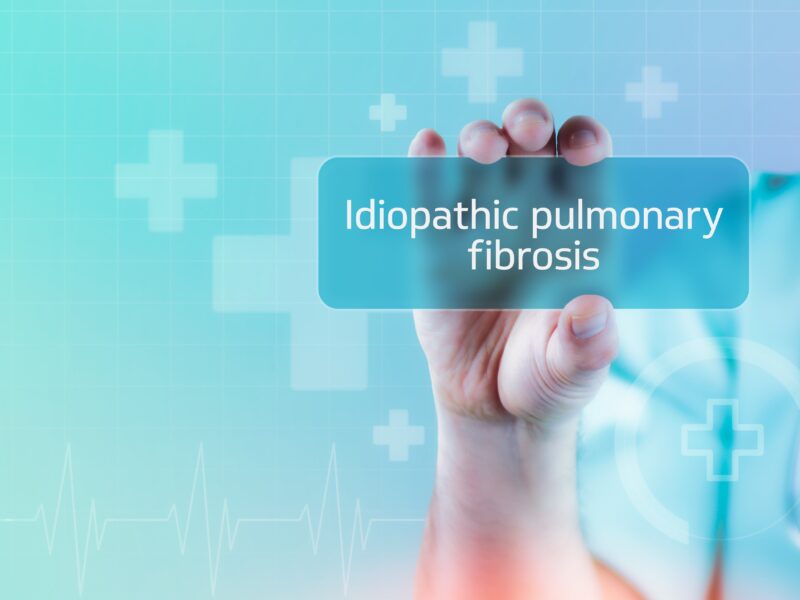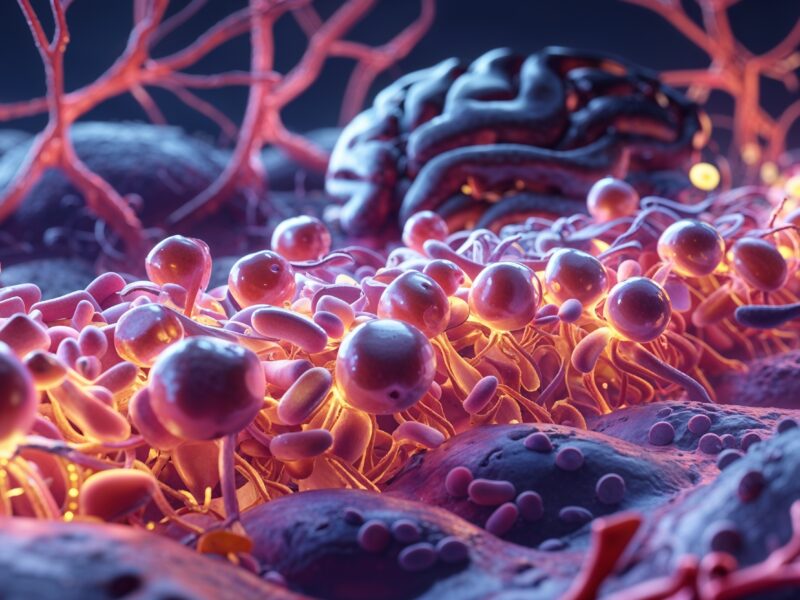As life expectancy increases, there is growing interest not only in extending lifespan but also in improving the quality of those additional years. To address the physical and cognitive decline that often accompanies aging, researchers have explored a variety of strategies.
Aging (Aging-US) Research

Idiopathic Pulmonary Fibrosis (IPF) is a progressive lung disease that primarily affects people over the age of 60. It causes scarring in the lung tissue, which gradually reduces lung capacity and makes breathing difficult. Despite years of research, the exact causes of IPF remain largely unknown, and current treatments mainly aim to slow its progression rather than reverse or cure the disease.

As the global population grows older, understanding what drives the aging process is becoming increasingly important. Diseases like Alzheimer’s, cardiovascular conditions, and cancer are more common with age, yet many current treatments only manage symptoms rather than addressing the underlying biological causes.

Researchers from Beiersdorf AG, Research and Development Hamburg in Germany, used a microphysiological co-culture system—a lab-based model simulating human circulation—to test the effects of young versus old blood serum on skin cells.

A new study published recently in Aging (Aging-US) Volume 17, Issue 6, examines a novel treatment for women with ovarian failure. Researchers from IVI Clinics Alicante in Spain investigated a procedure called Stem Cell Regenera, which uses the body’s own stem cells and platelet-rich plasma to activate dormant follicles in the ovaries.

A new study published recently as the cover of Aging Volume 17, Issue 6, describes a new method to estimate how fast the brain is aging. By analyzing lipids, or fat molecules, in brain tissue, researchers from the National University of Singapore and Hanze University of Applied Sciences created a biological “clock” called DoliClock.

Recent discoveries in aging research reveal a powerful insight: the biological changes that lead to chronic diseases begin far earlier than most people realize—often in midlife, well before symptoms appear. This early phase offers a valuable opportunity for prevention.

As we age, our brains become more sensitive to stress and disease. A recent study sheds light on a lesser-known risk: reduced oxygen levels.

In a world where we are living longer but not always healthier, scientists are searching for ways to add life to our years, not just years to our lives. A recent study published in Aging (Aging-US), Volume 17, Issue 4, led by researchers at the National University of Natural Medicine, suggests that certain common foods, already known for their health benefits, might also help slow or even reverse epigenetic or biological aging.

Werner syndrome is a rare condition marked by accelerated aging. A recent study, featured as the cover paper in Aging (Aging-US), Volume 17, Issue 4, led by researchers at the University of Oslo and international collaborators, suggests that nicotinamide adenine dinucleotide (NAD+), a vital molecule involved in cellular energy production, may be key to understanding this disease and developing future strategies to manage it.

